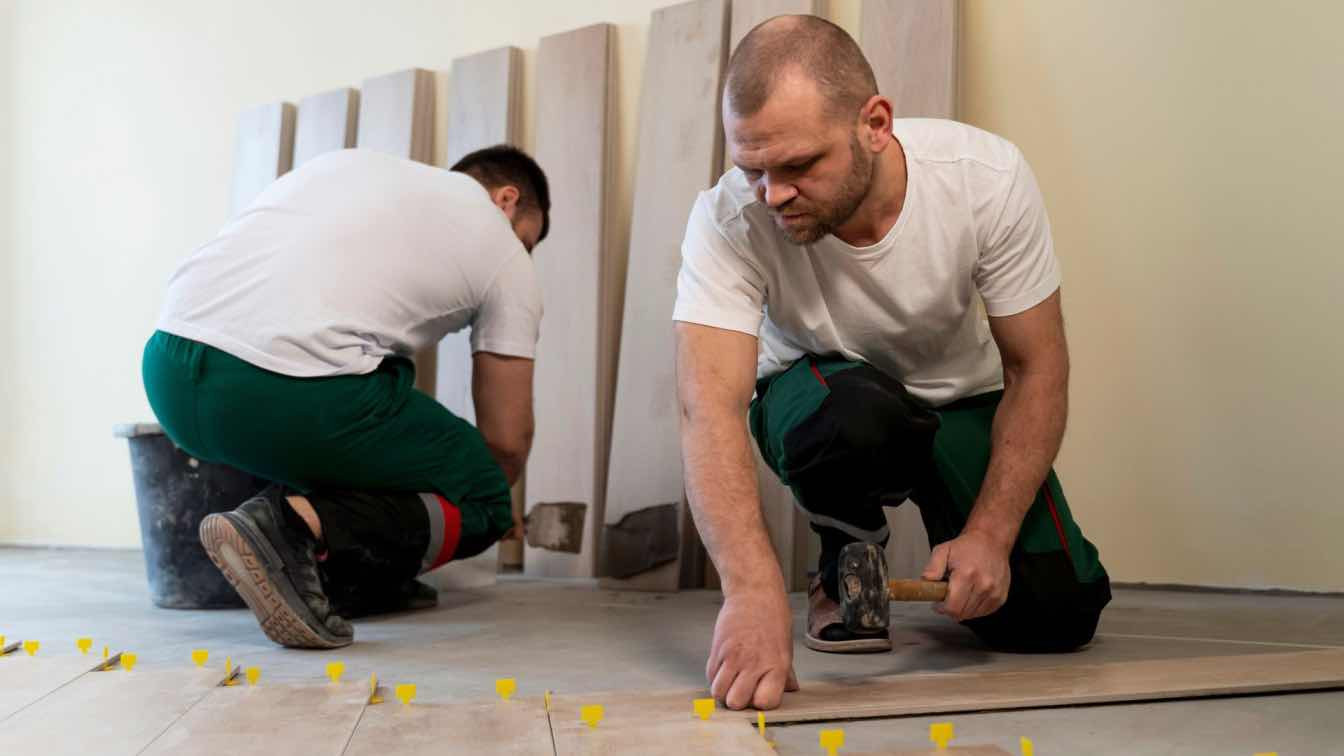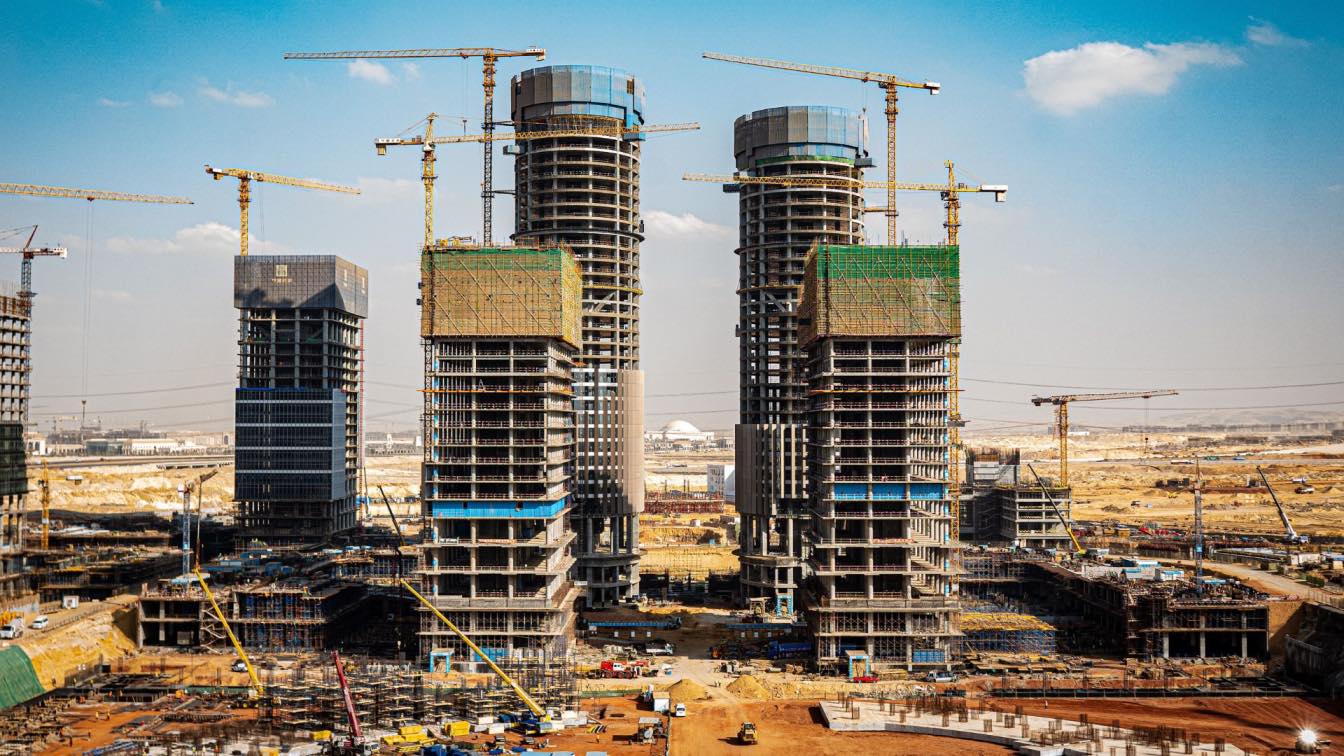Historic buildings serve as architectural landmarks and preserve cultural and historical heritage. Protecting them is crucial for future generations to appreciate and learn from. However, traditional repair and maintenance methods can sometimes harm both the environment and the buildings themselves. Professional cleaning services in Seattle like Seattle Green Cleaning Fairy offer sustainable alternatives that protect these invaluable structures. These eco-friendly practices contribute to sustainability, enhance visitor experiences, and ensure environmental safety by minimizing exposure to harmful chemicals and preserving material integrity.
The Necessity of Green Cleaning in Historic Preservation
Environmental Sustainability
The historic structures were sustainable by very nature; in the conservation of resources and reduction of waste, the very action extended the life and use of the structures. However, through maintenance practice such as re-pointing and re-rendering, this result might be abnegated. Green cleaning methods are designed to reduce the environmental footprint of preservation, reduce the use of water and harsh chemicals, reduce pollution, and decrease waste. In so doing and through their efforts, the area of historic preservation is made even more attuned to the ideals of sustainability than the broader environment.
Chemical Safety and Material Integrity
Harsh chemical cleaners can degrade and discolor wood, corrode metals, and weaken stone/mortar. The green cleaning products are uniquely gentle yet effective with respect to the focus on the maintenance of the physical condition of this material over time. For instance, it avoids chemical reactions of its part by employing pH-neutral solutions to the premises which are usually prone to be damaged by conventional cleaners. This way, it makes the work not only save the materials but also the structures by giving them longer life, thereby ensuring that in the future, invasive restoration work is reduced.
Health Benefits
In historic preservation, both methods more often involve highly dangerous chemicals that are injurious to the health of the professionals doing the restoration and to the visitors for respiratory and skin irritations, among other hazardous health risks. Green cleaning products are of less risk to the health of a human being and animals. The above methods, when implemented, will ensure the kind of environment under which this activity is conducted, which is safer and health-cautious to all parties involved; it will foster the sustainability of historic preservation.
Green Cleaning Techniques for Historic Buildings
Surface Cleaning
Surface cleaning is the cleaning of surfaces, which rather proves to be assumed with the help of steam cleaning, microfiber cloths, and mild eco-friendly detergents able to bring good cleaning effects without harm to the surface. These include the building of structures with fragile details that would otherwise be affected by abrasive cleaning.
Mold Remediation
Mold and mildew are one of the common issues in the buildings of historic ages, resulting from the age of the building and the materials used in its construction. What green cleaning does is deal with these problems through controlling moisture and using biocides that are mild and green, with environment-friendly chemicals that will not spoil the materials of the building or indoor quality of air.
Pest Control
This is a simple way to avoid easily used growth like mold and even protect organic material like wood and fabric from being destroyed. Pest control in a historical building should be both humane and strategic enough so that it will not cause any sort of damage to its structural solidity, or the historical relics within it. Such can take the form of Integrated Pest Management (IPM) programs that manage pests in a building using an integrated program with the least toxic options to achieve effective control while preserving the building.
Expanding the Impact of Green Cleaning on Cultural Significance
Enhancing Visitor Experience
Green cleaning further improves the visitor experience in the sense that spaces remain historically authentic, with aesthetic value as intended. Spaces and places, therefore, can be appreciated by the visiting population without the problems that the smells and visible damage often caused by aggressive cleaning methodologies pose. This will ensure the integrity of the visitor experience as well as compliance with the growing public demands for the need of environmental sustainability.
Economic Benefits
Even these green cleaning products, which might, at first sight, seem a little more expensive, actually are much less costly, since they return cost savings in relation to the reduced damage of such materials and their preservation. Further, the more visitors a site has, the more likely one is to accrue revenues from admissions and probably qualify for grants that may target the facilitation of sustainable practices for the conservation of cultural heritage.
Training and Employment Opportunities
The new focus in historical preservation from hazardous traditional cleaning techniques to green cleaning means the workforce involved will need to be trained in an industry now finding new opportunities for employment. This will further help in job creation and furthering the workforce, so that they will be empowered with the required skills to execute green cleaning effectively and thus take the first steps for sustainable management of historic sites.
Regulatory and Policy Considerations
Even the government policies and regulations have started supporting that sustainable practices be followed in the preservation of cultural heritage. Many a time, the policies and regulations are guidelines with a financial incentive for encouraging the adoption of green cleaning methods to become widespread and integrated into normal preservation practices.
Conclusion
The use of green cleaning practices in looking after historic buildings has the importance of ensuring the appearance and site integrity of the buildings is protected. This would mean that historic preservation, through cleaning, could contribute to environmental conservation in a positive way while ensuring that historic buildings could be in a condition to be enjoyed by more generations in the future. All these together form proactive commitments to the past and, at the same time, are statements of protection for the future; therefore, green cleaning has become an integral part of practice.





